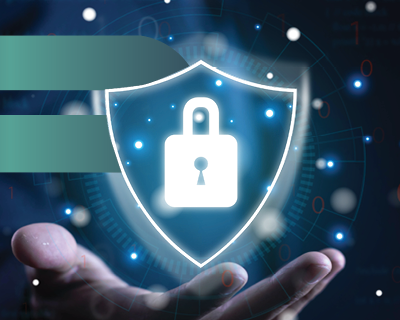Building the Right Compliance Stack: How to Integrate Software, Security, and People

STEAL OUR CMMC LEVEL 2 STRATEGY
The exact roadmap we used to pass our CMMC Level 2 assessment. Download the strategy and use it as your own.
EXPLORE NOWExecutive Brief
- Building a strong compliance stack isn’t just about buying the right software.
- True readiness means combining tools, security practices, and people into a system that works.
- Security tools protect sensitive data and meet technical control requirements.
- People such as your internal team, partners, and advisors make it all work together.
- Integration ensures your compliance program is scalable, sustainable, and audit-ready.
Want to see how these pieces fit? Dig deeper below.
Why a Compliance Stack Matters
No single tool or policy can get you to Cybersecurity Maturity Model Certification (CMMC) compliance. The Department of War, formerly known as the Department of Defense, requires a combination of technical, procedural, and cultural changes.
- A stack ensures you cover gaps software alone can’t solve, like user awareness or physical safeguards.
- It gives your organization a framework that evolves as requirements change.
- Most importantly, it reduces reliance on one solution and strengthens resilience.
The GRC Layer
Governance, risk, and compliance (GRC) management platforms and tools play a critical role in reducing manual workload.
- Dashboards: Provide instant visibility into your progress.
- Evidence tracking: Keeps artifacts organized for assessment readiness.
- Alerts & reminders: Reduce the risk of missed deadlines.
- POA&M generation: Simplifies documenting gaps and remediation plans.
The key: use software to guide and accelerate compliance, not replace the need for people or training.
The Security Layer
Strong compliance requires more than checklists. Security controls protect the Controlled Unclassified Information (CUI) in your environment.
- Endpoint Detection & Response: Stops threats on devices.
- Encryption & secure communications: Protects data in transit and at rest.
- Access controls: Ensure only the right people see sensitive data.
- Monitoring tools: Detect suspicious activity before it becomes a breach.
If you use a Cloud Service Provider (CSP) to store, process, or transmit CUI, make sure the environment meets the Federal Risk and Authorization Management Program (FedRAMP) Moderate Baseline (or an equivalent standard). This isn’t optional. CSPs must meet FedRAMP requirements to be part of your compliance stack.
Choose solutions that align with National Institute of Standards and Technology (NIST) Special Publication 800-171 and FedRAMP standards to ensure both technical and regulatory coverage.
The People Layer
Even the best stack fails without trained people to manage it. CMMC readiness requires cultural buy-in and consistent execution.
- Internal IT/security staff: Operate tools and respond to alerts.
- Compliance managers: Keep policies, procedures, and documentation aligned.
- Executive Level Buy-In: Achieving and sustaining your CMMC certified status starts at the top. If executives don’t see how compliance aligns with short- and long-term business goals, you may find it harder to get the resources and support needed.
- Trusted partners: Provide expertise, training, and long-term support.
People make judgment calls that software can’t, like risk prioritization and workflow alignment.
Making the Stack Work Together
Integration is where most organizations stumble. Your compliance stack should function as a connected system.
- Interoperability: Ensure your platforms and security tools work with existing IT systems.
- Collaboration: Different teams and functions need to work together to achieve compliance.
- Scalability: As requirements evolve, your stack should grow with you.
- Training & adoption: Teams must know how to use tools effectively.
- Continuous monitoring: Compliance isn’t one-and-done—stack elements should reinforce each other.
Long-Term Payoff
Choosing and integrating the right compliance stack gives your organization:
- A streamlined path to CMMC certification.
- Stronger security against evolving cyber threats.
- Confidence when bidding on contracts.
- Long-term resilience in the defense supply chain.
Done right, your compliance stack is more than just a project, it’s a competitive advantage.



